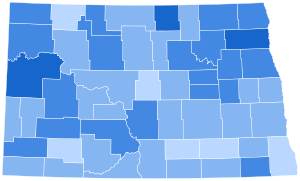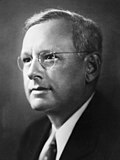
The 1912 United States presidential election was the 32nd quadrennial presidential election, held on Tuesday, November 5, 1912. Democratic Governor Woodrow Wilson of New Jersey unseated incumbent Republican President William Howard Taft while defeating former President Theodore Roosevelt and Socialist Party nominee Eugene V. Debs.

The 1936 United States presidential election was the 38th quadrennial presidential election, held on Tuesday, November 3, 1936. In the midst of the Great Depression, incumbent Democratic President Franklin D. Roosevelt defeated Republican Governor Alf Landon of Kansas. Roosevelt won the highest share of the popular vote (60.3%) and the electoral vote since the largely uncontested 1820 election. The sweeping victory consolidated the New Deal Coalition in control of the Fifth Party System.
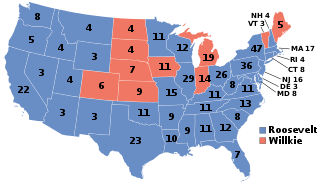
The 1940 United States presidential election was the 39th quadrennial presidential election. It was held on Tuesday, November 5, 1940. Incumbent Democratic President Franklin D. Roosevelt defeated Republican businessman Wendell Willkie to be reelected for an unprecedented third term in office. Until 1988, this was the last time in which the incumbent's party won three consecutive presidential elections.
The Union Party was a short-lived political party in the United States, formed in 1936 by a coalition of radio priest Father Charles Coughlin, old-age pension advocate Francis Townsend, and Gerald L. K. Smith, who had taken control of Huey Long's Share Our Wealth (SOW) movement after Long's assassination in 1935. Each of those people hoped to channel their wide followings into support for the Union Party, which proposed a populist alternative to the New Deal reforms of Franklin D. Roosevelt during the Great Depression.

William Frederick Lemke was an American politician who represented North Dakota in the United States House of Representatives as a member of the Republican Party. He was also the Union Party's presidential candidate in the 1936 presidential election.

The 1936 United States presidential election in Massachusetts took place on November 3, 1936, as part of the 1936 United States presidential election, which was held throughout all contemporary 48 states. Voters chose 17 representatives, or electors to the Electoral College, who voted for president and vice president.

The 1936 United States presidential election in Vermont took place on November 3, 1936, as part of the 1936 United States presidential election which was held throughout all contemporary 48 states. Voters chose three representatives, or electors to the Electoral College, who voted for president and vice president.

The 1920 United States presidential election in Alabama took place on November 2, 1920, as part of the 1920 general election, in which all 48 states participated. Alabama voters chose twelve electors to represent them in the Electoral College via popular vote pitting Democratic nominee James M. Cox and his running mate, Assistant Secretary of the Navy Franklin Roosevelt, against Republican challenger U.S. Senator Warren G. Harding and his running mate, Governor Calvin Coolidge.

The 1936 United States presidential election in New Jersey took place on November 3, 1936. All contemporary 48 states were part of the 1936 United States presidential election. Voters chose 16 electors to the Electoral College, which selected the president and vice president.

The 1912 United States presidential election in New Jersey took place on November 5, 1912. All contemporary 48 states were part of the 1912 United States presidential election. Voters chose 14 electors to the Electoral College, which selected the president and vice president.

The 1912 United States presidential election in Wisconsin was held on November 5, 1912 as part of the 1912 United States presidential election. State voters chose 13 electors to the Electoral College, who voted for president and vice president.
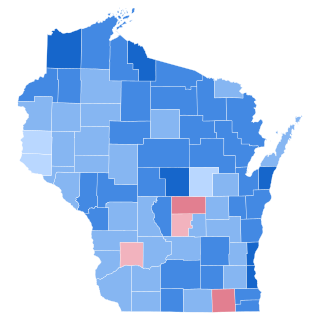
The 1936 United States presidential election in Wisconsin was held on November 3, 1936 as part of the 1936 United States presidential election. State voters chose 12 electors to the Electoral College, who voted for president and vice president.

The 1940 United States presidential election in Wisconsin was held on November 5, 1940 as part of the 1940 United States presidential election. State voters chose 12 electors to the Electoral College, who voted for president and vice president.

The 1936 United States presidential election in Minnesota took place on November 3, 1936, as part of the 1936 United States presidential election. Voters chose 11 electors, or representatives to the Electoral College, who voted for president and vice president.

The 1972 United States presidential election in Idaho took place on November 7, 1972, as part of the 1972 United States presidential election. Idaho voters chose four representatives, or electors, to the Electoral College, who voted for president and vice president.
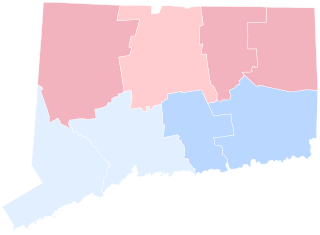
The 1912 United States presidential election in Connecticut took place on November 5, 1912, as part of the 1912 United States presidential election which was held throughout all contemporary 48 states. Voters chose seven representatives, or electors to the Electoral College, who voted for president and vice president.
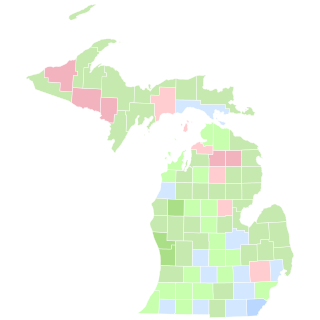
The 1912 United States presidential election in Michigan took place on November 5, 1912, as part of the 1912 United States presidential election. Voters chose 15 representatives, or electors, to the Electoral College, who voted for president and vice president.
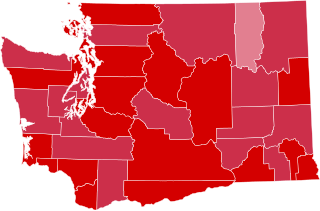
The 1904 United States presidential election in Washington took place on November 8, 1904. All contemporary 45 states were part of the 1904 United States presidential election. Voters chose five electors to the Electoral College, which selected the president and vice president.

The 1936 United States presidential election in Alabama took place on November 3, 1936, as part of the nationwide presidential election. Voters chose eleven representatives, or electors to the Electoral College, who voted for president and vice president. In Alabama, voters voted for electors individually instead of as a slate, as in the other states.

The 1932 United States presidential election in North Dakota took place on November 8, 1932, as part of the 1932 United States presidential election. Voters chose four representatives, or electors, to the Electoral College, who voted for president and vice president.
